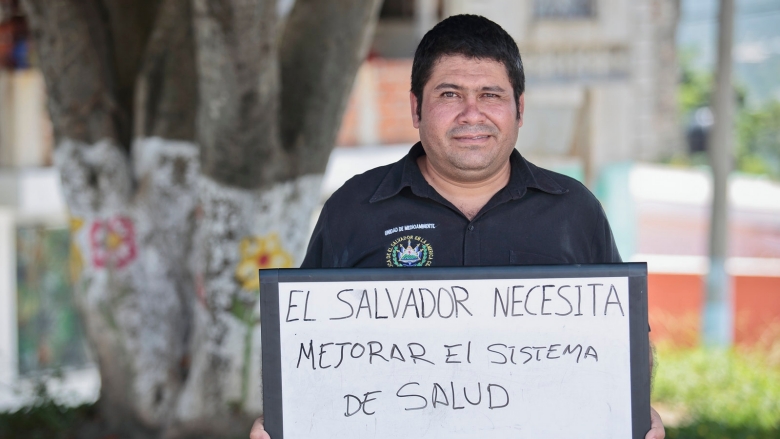Challenge
El Salvador’s population faced development challenges due to inequalities in health care access and quality. Limited access to health care and high out-of-pocket expenditures had a disproportionate impact on the poor and those living in rural areas. The country’s health care system needed enhanced response capacity to effectively address increasing morbidity, mortality, and disability from communicable diseases and chronic noncommunicable diseases within these populations. Maternal mortality had decreased but had not reached the Millennium Development Goal (MDG) of 38 deaths per 100,000 live births; this remains a challenge, with 48 deaths per 100,000 live births in 2015 (decreased from 50.8 in 2011). In 2009, the government launched a health system reform. The National Health Strategy (2009–2014) aimed to reduce inequalities in access, improve health service quality, and strengthen information system management to enhance the Ministry of Health’s monitoring and oversight capacity. The World Bank supported the government in implementing the planned health reforms.
Approach
The Bank approached these challenges through the Strengthening Public Health Care System project, which provided a flexible response to meeting the country’s evolving needs. Investment innovations included emphasis on maintenance of medical equipment, with more than 51 primary care hospitals and 30 secondary and tertiary hospitals receiving infrastructure and equipment updates. In addition, with project support, the Ministry of Health established the first National Radiotherapy Center to provide complete cycles of care for cancer patients, including training staff in treatment and management of third-generation equipment.
The project also strengthened the National Institute of Health and National Reference Laboratory, which are responsible for the country’s response and monitoring capacity during outbreaks of infectious diseases; harmonization and collection of data, including the National Health Survey 2016; and the National Survey of Chronic Noncommunicable Diseases in Adults. Results from this survey supported creation of the first National Direction of Noncommunicable Diseases and development of the national strategy for prevention and care of chronic noncommunicable diseases.
